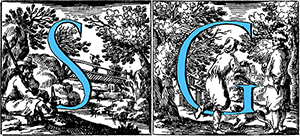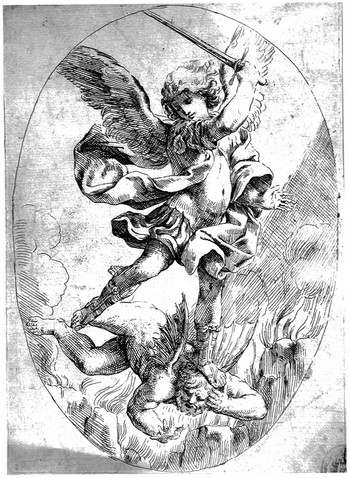
RENI Guido
(Bologna 1575 – 1642)
Emilian painter, draftsman and engraver, son of Daniele, musician and choirmaster in San Petronio, and Ginevra Pozzi. His father wanted him to be studying music, but Guido, still very young, already expressed a natural talent for drawing.
Art historia Cesare Malvasia, who met Reni during his lifetime, reports that he was welcomed in the bolognese workshop of the Flemish painter Denijs Calvaert as an apprentice. Reni had other young painters as fellows who became famous like him, as Domenichino and Francesco Albani. He studied Raphael’s models and Dürer’s engravings. After his father’s death, Guido left the Calvaert workshop to join the school of painting founded by Carracci, which was transformed in 1599 into the Accademia degli Incamminati.
In 1598, in competition with Ludovico Carracci, Guido won the race for the decoration of the facade of the Palazzo del Reggimento, the current municipal building in Bologna. Unfortunately today the frescoes are lost.
In these same years he performed several frescoes and paintings in noble houses and churches in Bologna.
Between 1600 and 1602 he made his first stay in Rome during which he was partly influenced by Caravaggio.
His first Roman period was particularly fruitful as attested by the numerous paintings in various churches and by the frescoes of the Sala delle Nozze Aldobrandine and Sala delle Dame, both in the Vatican; the decorations of the Annunciata Chapel in the Palazzo del Quirinale, and those of Pauline Chapel in Santa Maria Maggiore.
Guido Reni became the interpreter of the cultured and aristocratic taste of the Roman customers.
Under the protection of Pope Paul V and Cardinal Scipione Borghese, he divided his activity between Rome and Bologna, where he finally stopped around 1620.
In Bologna he opened a very popular school where several painters and engravers were trained: Simone Cantarini, Flaminio Torri, Lorenzo Loli, Giovanni Andrea Sirani.
In addition to embellishing churches and palaces in Rome and Bologna, his pictorial masterpieces are also present in the most important museums around the world. Reni’s graphic production was relevant too, including about sixty etchings.
His first works show a still hard style, with evident Raphaelesque influences, while the later ones, under Carracci’s influence, show lighter lines and airy compositions of great formal elegance where the feeling of tenderness often emerges.
In August 1642 he was assaulted by fever that led him to death. By the will of Saul Guidotti, a Bolognese senator and a great friend of Reni, the body was exposed dressed as a Capuchin friar and buried in the Rosary Chapel in the Basilica of San Domenico. Next to him lie the remains of Elisabetta Sirani, his favourite pupil.



